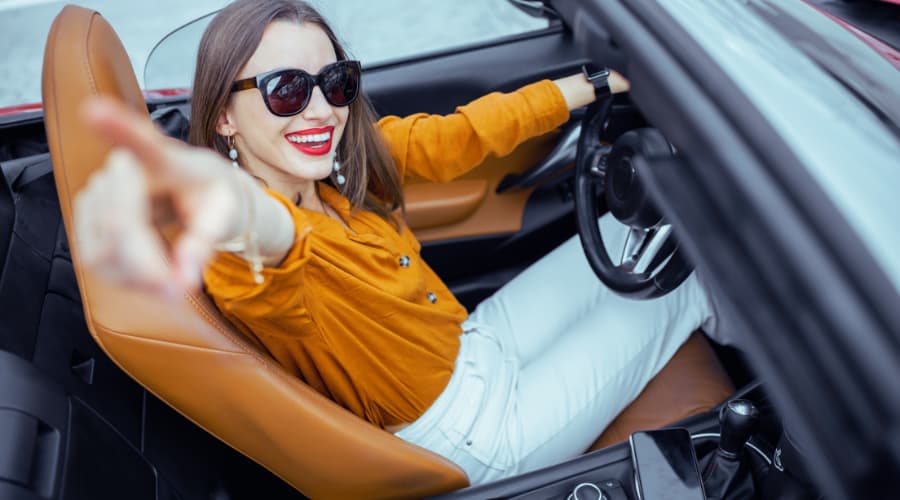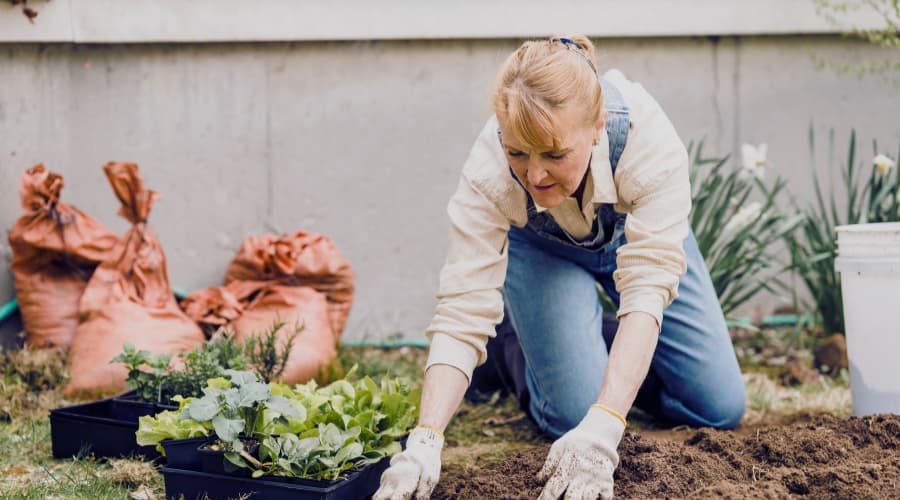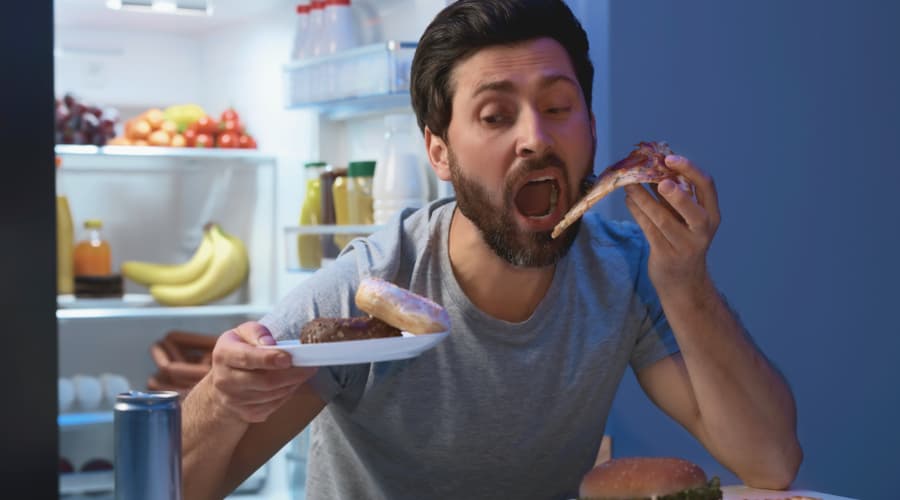Sports massage has been proven to be an effective treatment for tendonitis. Physical therapy treatments, including sports massage, are effective for treating tendonitis because it increases blood flow to the area and reduces swelling.
What Is Tendonitis?
Tendonitis is an inflammation of the tendons. There are many different types, but they all share one common trait: pain. Often this pain can be very intense, and it may limit your movements or even cause you to stop doing the activity that caused it in the first place. Although there are many possible causes for tendonitis, the main ones are overuse, trauma (such as a car accident), or an autoimmune disease that affects muscles and connective tissue. Any joint movement can cause tendonitis, including wrists, elbows, knees, ankles, and shoulders. The most common area for this condition to occur is in the elbow, often due to golf, tennis and football activities.
How Sports Massage Help Tendonitis
Sports massage therapy can treat common aches and pains, but it is also an effective treatment for tendonitis. If left untreated, the condition can worsen, leading to permanent muscle tissue damage.
Each patient will be treated uniquely to their tendonitis condition; below is an example of how sports massage for tendonitis could be performed.
1. Increases blood flow to damaged tissues
Massage increases blood flow in the affected area. Increasing blood flow brings fresh oxygen and nutrients to the tissues, which helps heal them faster. Additionally, removing toxins from the area reduces swelling and inflammation. Specifically, sports massage is excellent at increasing blood flow because it targets large muscle groups for extended periods, creating a lot of skin friction. Massage also increases lymphatic drainage by moving toxic concentrations into the body’s lymph nodes, which are then processed through the body’s natural filtration system.
2. Reduces scar tissue build-up around the injured area
Scar tissue comprises dense, tight connective tissue that forms after an injury; it limits flexibility and movement. Massage can help break down scar tissue allowing for an improved range of motion in the joint or tendon. Also, sports massage breaks down adhesions or areas where collagen fibres are stuck together in abnormal bundles instead of running smoothly next to each other. It also decreases muscle tension, allowing the fibres to slide past each other more easily. This can be done by using deep tissue massage techniques.
3. Improves flexibility
Massage helps increase the range of motion of muscles, joints, and tendons by loosening tight muscles. Gentle stretching during a sports massage can also help loosen up the tendons. Additionally, sports massage can help with flexibility by releasing muscle tension and allowing blood flow to reach the tissues.
4. Decreases inflammation
Tendonitis is caused by an overuse injury which leads to inflammation in the body part being used too much. Massage decreases this inflammation by reducing blood flow to particular areas that could cause further damage or pain. This decreased blood flow allows for less swelling and lower levels of waste produced from overused tissues.
5. Removes toxins
Toxins are produced when muscles contract during exercise, causing lactic acid build-up. Massage helps remove this build-up in two ways: 1) it increases blood flow to the area, removing these toxins faster 2) it breaks down adhesions that stop toxins from leaving the muscle tissue where they are produced.
Reducing Tendonitis Symptoms with Sports Massage
The pain from an inflamed tendon can be crippling, and it can take months to improve when treated with over-the-counter medication. However, there are many options for treatment when considering massage therapy as an alternative. Here are nine steps in reducing tendonitis symptoms with sports massage therapy.
1. Locate the inflamed tendon or muscle
The pain will usually be deep, tight, and aching. It may feel like it is coming from under the skin rather than at the site of the injury. Figure out the location of the inflamed tendon or muscle by finding the cutaneous innervation zone on your body. This is an area that has high blood flow to the nerves supplying the skin there. Search for taut bands in this area to help locate where you are feeling pain. Taut bands are tight, rope-like bands in muscles and tendons, which are painful when massaged or pressed upon.
2. Roll both thumbs over the affected area
Pinching motions are especially effective for this technique. Apply pressure by pressing downwards with your left thumb on one side of the tendon or muscle while pulling up with your right thumb on the other side. If you need to, hold onto an adjacent structure to find leverage for this action. Repeat 5–6 times over each section of tendons/muscles until they feel significantly better.
3. Gently stretch the tendon to lengthen the muscle
Do this very gently, as you are now in a vulnerable state with your muscles and tendons that are prone to injury if not done carefully. Walk both hands out on each side of the leg, moving it further away from your body, so there is less tension being applied by gravity pulling it down. This will feel counter-intuitive but trust the process. Walk your hands further up, head tall towards the ceiling if possible, before walking back down to repeat 3–5 times for each leg over each set of tendons/muscles until they feel significantly better.
4. Stand up and rotate your knee outwards whilst keeping the leg straight
Hold onto a chair or other piece of furniture for balance if necessary. You should feel this stretch on the side closest to you, towards the inside of the leg. Repeat 5–6 times over each set of tendons/muscles until they feel significantly better.
5. Stand up and rotate your knee inwards whilst keeping it pointing forward
Hold onto a chair or other piece of furniture for balance if necessary. You should feel this stretch on the side furthest away from you, towards the outside of the leg near where it meets your buttocks. Repeat 5–6 times over each set of tendons/muscles until they feel significantly better.
6. Apply pressure on the affected area
This one can be somewhat uncomfortable if not performed with quite a lot of carefulness and precision. Place your thumb on the tendon where it is most painful and apply pressure by pushing downwards from your wrist towards your feet with slight angles inwards. Slowly move up or down around 1cm until you find a tender spot where the tendonitis is located. Press and hold that tender spot for 45 seconds, then release, wait 10–20 seconds, and then repeat four times. If this is too uncomfortable or painful, please stop.
7. Get into a lunge position with your back knee on the floor
Ensure you are not resting all of your weight onto the back leg, which can be very tiring long-term for your hip flexor muscles if performed frequently without breaks. Stand up again slowly before switching sides to repeat 3 − 5 times per side over each set of tendons/muscles until they feel significantly better.
8. Sit down on the floor with your legs outstretched in front of you, keeping your back straight
Tilt your knee gently while pointing forward over the other leg. Hold onto a chair or other piece of furniture for balance if necessary. Repeat 5–6 times over each set of tendons/muscles until they feel significantly better.
9. Lie down on your front with your arms crossed in front of you and make fists with both hands
Now rotate your thighs inwardly so they rotate towards each other as much as possible before turning them outwards again in the same direction. Repeat 5–10 times over each set of tendons/muscles until they feel significantly better. You should notice immediate relief after performing these exercises, but be prepared to spend at least 4–6 weeks relearning how to walk correctly and performing these exercises daily to get back into total health.
In conclusion, sports massage is an effective treatment for tendonitis because it increases blood flow to the area, reduces scar tissue build-up and adhesions in muscles and tendons, improves flexibility, decreases inflammation, and removes toxins from the muscle tissues. Sports massage is a 40-60 minute therapy session where a therapist uses both their hands and forearms in long gliding strokes over the athlete’s body to help keep them in optimal performance condition by relieving tension in the muscles, increasing circulation of oxygenated blood throughout all parts of the body which helps with cellular repair.
Sports massage also helps speed up the recovery time from training sessions by keeping the lymphatic system clear of any toxins that can develop during heavy training. The more flexible your tendons are, the less likely you’ll experience a sporting injury.
Related Articles
- Types of Tendonitis that Shockwave Therapy Can Treat
- Plantar Fasciitis or Achilles Tendonitis
- Sports Massage Tips for Tight Muscles
- Osteopathic Massage or Sports Massage
- Deep Tissue Massage & Sports Massage Information




























